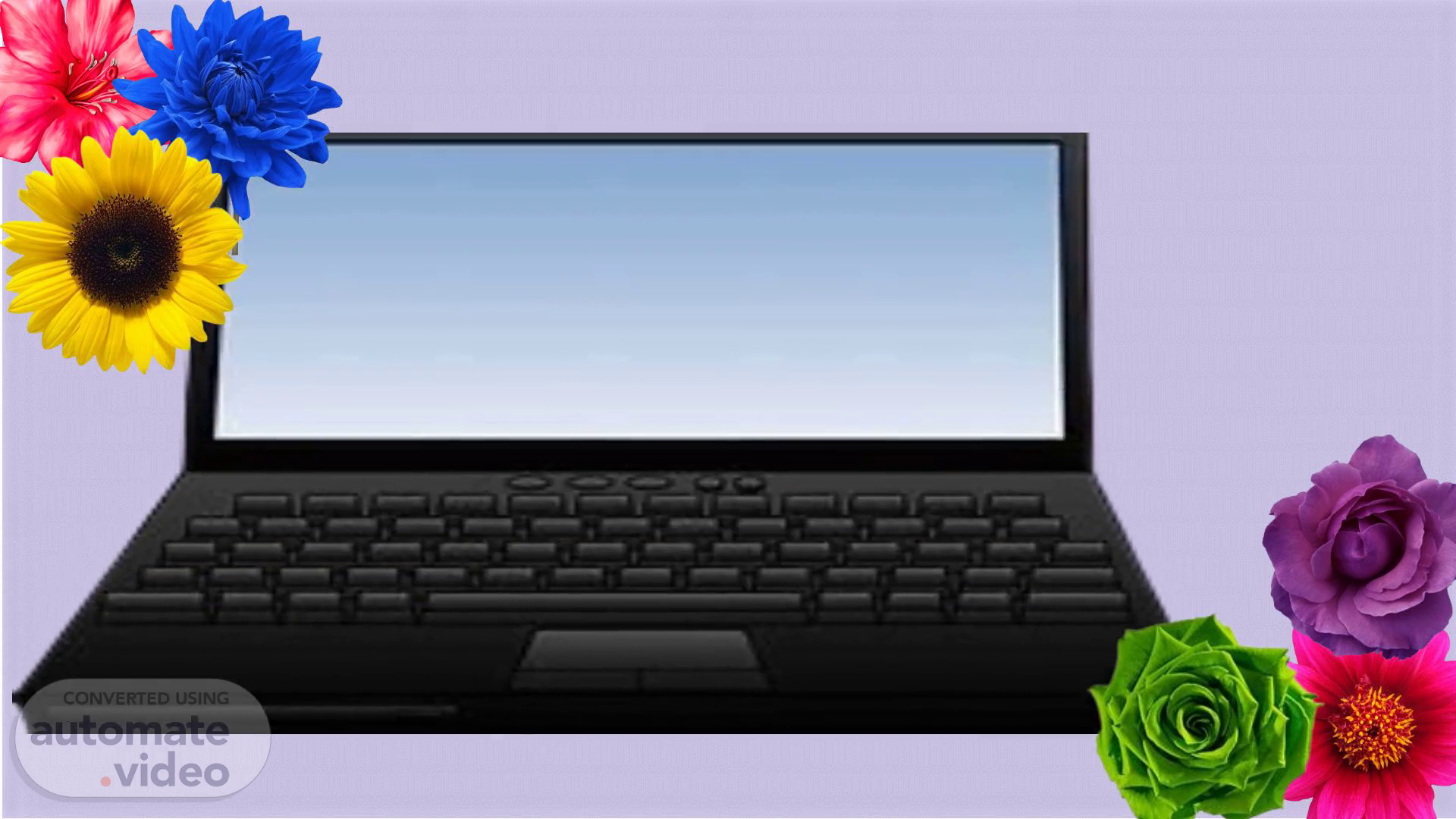Scene 1 (0s)
[Audio] Welcome today we will explore how operating systems handle processes, manage resources, and ensure efficient operation of your computer..
Scene 2 (9s)
[Audio] Hello Guys Today In We Are Going To Learn What Is An Operating System And What Is The Process Of Operating System.
Scene 3 (19s)
[Audio] An operating system is essential to run and manage applications on a computer. It coordinates between hardware components and the software that we use daily, such as browsers and text editors.
Scene 4 (38s)
[Audio] A process is simply a running program. For example, when you open a browser, the operating system creates a process to handle that program. It keeps track of important details, such as where the program's instructions are and what it's currently doing.
Scene 5 (53s)
PROCESS LIFECYCLE. [image].
Scene 6 (1m 3s)
[Audio] : "Processes go through different states in their lifecycle. Initially, they are created, then wait for the C-P-U to start running. Once running, they may wait for user input or other events. Finally, the process is terminated when its task is done..
Scene 7 (1m 21s)
[Audio] The Process Control Block, or P-C-B--, is like a file where the operating system stores all the relevant details about a process. Think of it as a passport for the process. The OS uses the P-C-B to manage, schedule, and track processes.".
Scene 8 (1m 37s)
[Audio] The operating system uses scheduling to determine which process runs at what time. There are different types of scheduling, each focusing on different stages in the process's journey.
Scene 9 (1m 53s)
Types of Scheduling:. Short-term scheduler: Allocates CPU to ready processes..
Scene 10 (2m 6s)
[Audio] "When the C-P-U switches from one process to another, the OS must save the current state of the running process and load the next one. This process is called 'context switching,' and it is essential for multitasking.
Scene 11 (2m 20s)
[Audio] Modern operating systems support multitasking, allowing multiple programs to run at the same time. Some systems also support multiprocessing, where multiple C-P-Us handle different processes concurrently..
Scene 12 (2m 34s)
[Audio] Processes often need to share data or synchronize their actions. The operating system provides tools for interprocess communication, which allows processes to exchange information and work together efficiently.".
Scene 13 (2m 49s)
Interprocess Communication (IPC). [image]. [image] Approaches in Inter-Process Communication 01 04 Direct Communi- cation 02 Passing 05 Indirect Communi- cation 06 Shared Memory 03 Queues FIFO.
Scene 14 (3m 1s)
[Audio] To conclude, the operating system plays a critical role in managing processes, from creation to termination. Efficient process handling ensures that our computers run smoothly, allowing us to multitask and manage complex applications.".
